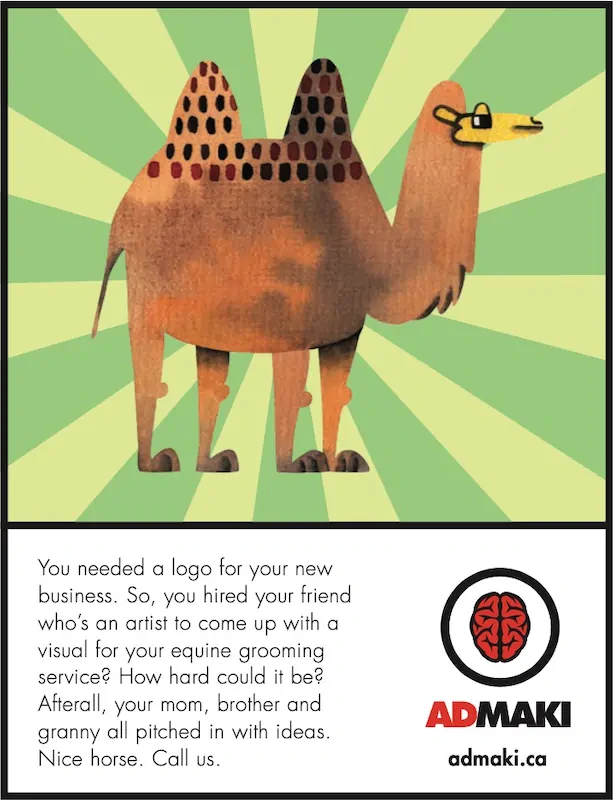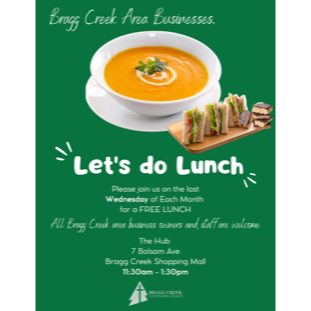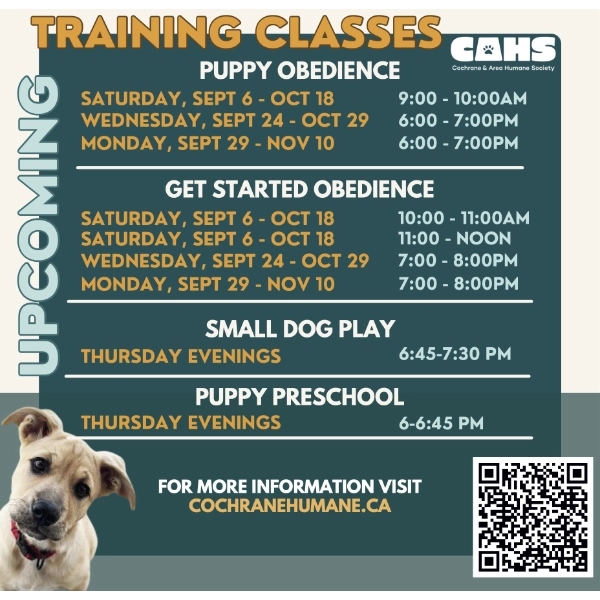Advertising-design is not art!
Not to divulge actual details, but I want to convey a story that happens often in the advertising-design (A-D) profession.
I was having dinner recently with a relative, who I shall call Bob. Between bites of steak, Bob mentioned his “friend”, we’ll call Doug, who was in the midst of starting a business. Bob wanted my two cents on Doug’s endeavour as I was a branding guy. At this point, Doug had already spent $millions to secure a building, not to mention the $$$$$ he spent on R&D, market analysis, product design, interviewing potential partners and investors, etc.
But something was troubling Bob. Between mouthfuls, he showed me a logo that Doug had a “professional designer” create. I choked back my steak in an effort to hold back my laughter. What he produced must surely have been a joke? Was Doug testing my creative expertise?
After overcoming my need to vomit, I offered up some constructive criticism. This was another case of someone not understanding the importance of branding. As a logo (one part of a brand marketing strategy), Doug’s attempt failed on many levels: too many colours, not scalable, too many fonts, and most importantly, didn’t illicit any emotion (other my gag reflex). It was supposed to, as my creative partner Kate said, look like a horse but in the end resembled a camel. Regardless, it had to have been “designed” by a committee or by Doug’s cousin’s cousin.
When launching a business, entrepreneurs spend too much time prioritizing aspects such as product development, R&D, operations, and customer acquisition. All good. However, the brand and its tentacles, despite being crucial to the creative marketing strategy, is not considered vital. It is viewed as something aesthetic.
In my opinion, this occurs because: First, entrepreneurs may assume they can create a logo inexpensively. Watch a 15-minute YouTube tutorial and voila. Instant logo. This perception reduces the importance of how professional content creators work holistically. Professionals consider how logos work on marketing materials such flyers, signage, digital and print advertising, social media, apparel, etc. If Doug’s logo were to be produced on a hoodie, it would resemble a squashed tarantula.
Second, the rise of DIY tools, education online, etc, has made it easier for anyone to create their own content. Tools like Canva, Squarespace, Wix, and the like, allow entrepreneurs to design materials without needing formal design skills. But with little regard for long-term branding. Near sightedness can be costly. Professionals, as mentioned, work holistically. They plan for a brand’s growth. A brand, often starting with a logo, isn’t seen as integral to the bottom line.
The reality is that A-D plays a key role in shaping a business’ identity, attracting customers, and driving growth from day one. A-D helps businesses convey their brand story clearly and stand out in a competitive market. As companies grow, they begin to realize how the power of well-crafted design elements create lasting impressions that attract customers and boost their bottom line.
In short, A-D is a professional investment that businesses cannot afford to overlook, even if it’s not initially seen as critical.
Chew on that. Cheers, mark.


























